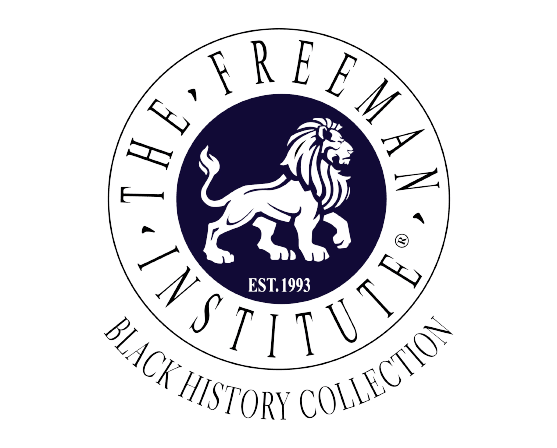
The Society for the Propagation of the Gospel (SPG)

The Society for the Propagation of the Gospel (SPG) was founded by royal charter in 1701, the oldest and indeed the only mission agency formally established by the Church of England, approved by Convocation, approved and supported by Parliament, its charter giving all diocesan bishops ex officio membership and requiring that it report itself annually to the lord chancellor. While the archbishop of Canterbury and the English, Irish, and Welsh bishops have been closely involved in the society's work through most of its first three centuries, the guiding personality in its foundation was Thomas Bray, a parish priest and the bishop of London's commissary for Maryland. Two years previously, in 1699, he was instrumental in setting up a less formally constituted Society for Promoting Christian Knowledge (SPCK), largely concerned with providing education, books, and libraries for English and American parishes. SPG's concern was with recruiting and sending missionaries, clergy, and schoolteachers, and with the associated funding. A problem relating particularly to the eighteenth-century part of the history arises from an evangelical missiography that seems to be obliged to say that nothing of significance happened before William Carey dawned upon the British mission scene at the end of the eighteenth century, and that SPG must therefore have been merely some sort of colonial-church society. Several misconceptions, theological as well as historical, are wrapped up in this notion. Suffice it to say by way of example that the precise records preserved in the SPG missionaries' twice yearly returns, the Notitia parochialis, make it clear that as many nonwhites, Native Americans, and Negro slaves were brought to Christian faith in the early eighteenth century through the SPG's mission to North America as were reported a century later by the many evangelical missions from Britain. At the same time, the work undertaken among the colonists, laying the foundations of the Episcopal Church of the U.S.A., was certainly seen as a missionary endeavor, what we would now call re-evangelization. Hence, the title "Three Centuries of Mission," not "a century building a colonial church followed by two of mission." It is a complex story, both as the domestic context and constitution of the society changed and as missionary ambitions expanded within and beyond British colonial and imperial regions, and later, during and after decolonization. The first historical account was published in 1730, written by the secretary at that time, David Humphreys, and covering the first three decades, in the Caribbean in a small way, but chiefly in North America among native Americans, African slaves, and settlers, and hopeful that the "mighty English Empire ... should be Christian."
Send a Message
Contact Us
Office location
Gambrills, MarylandGive us a call
(410) 991-9718Send us an email
[email protected]Other website
freemaninstitute.com/Collectmain.htm